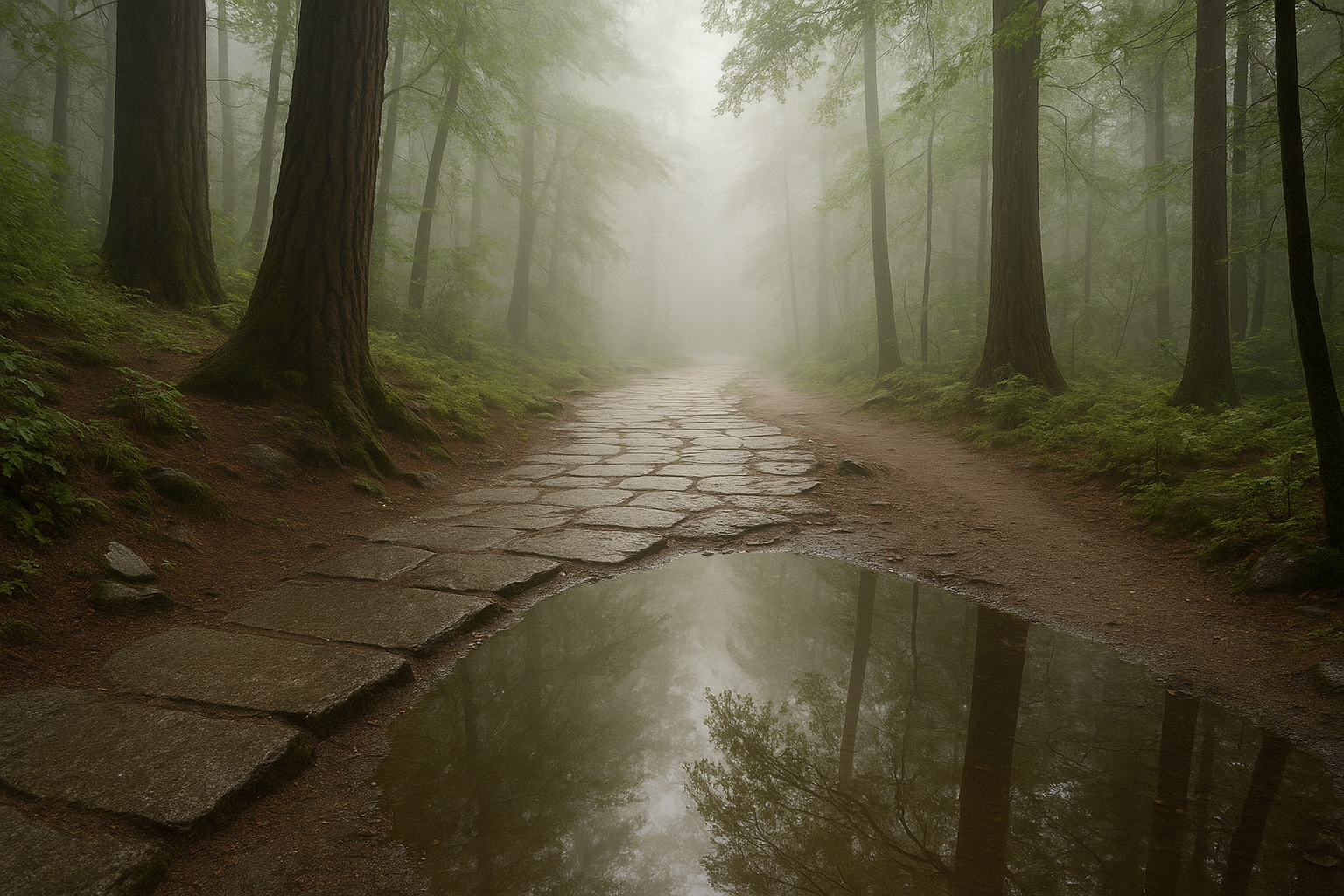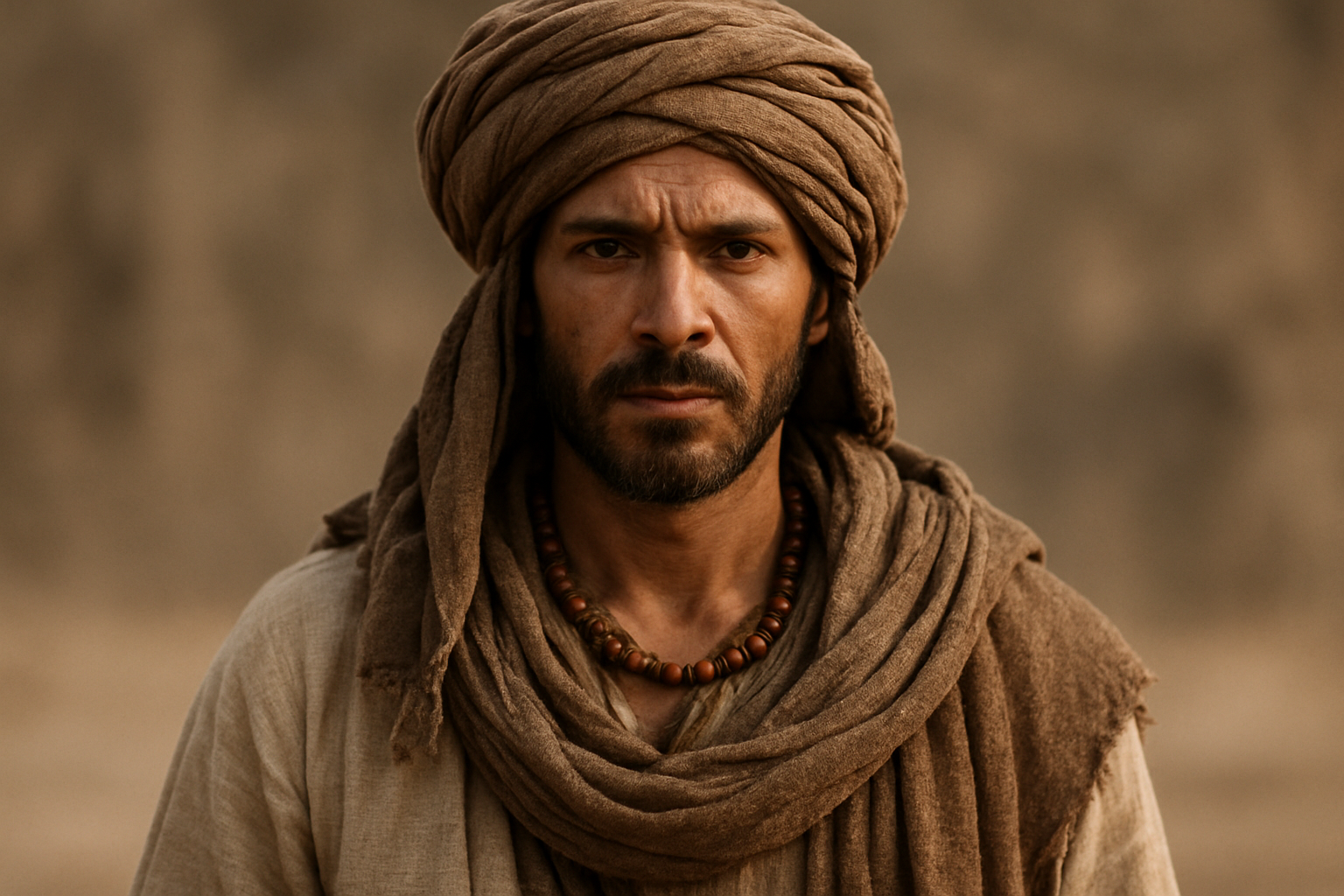In our rapidly evolving cultural landscape, music remains a powerful medium through which spirituality and secularism blend and clash. Contemporary composers are increasingly engaging with sacred texts, reimagining them through a modern lens. This practice often walks a fine line between reverence and heresy, creating a unique dialogue between tradition and innovation.
The Historical Interplay of Music and Sacred Texts
Music has long been intertwined with spirituality. From Gregorian chants to Bach’s cantatas, religious themes have dominated Western classical music. However, as we progressed into the 20th and 21st centuries, the role of sacred texts in music began to shift, as composers started exploring these texts not just for their spiritual content but also for their linguistic and cultural richness.
“Music is the shorthand of emotion.” — Leo Tolstoy
This quote aptly describes the way composers articulate complex emotions, using sacred words to evoke a sense of the divine, the mystical, or sometimes the controversial.
Contemporary Examples: Bridging the Divine and the Profane
Several contemporary composers have boldly engaged with sacred texts, producing works that challenge both sacred and secular audiences. Below are some key figures and their contributions:
-
John Tavener
Tavener, whose works are often permeated with spirituality, draws from a plethora of religious traditions. His compositions like The Protecting Veil reflect the mystical dimensions of Christianity. Tavener once said, “I am totally religious… my music is all about the liturgy of the eternal church” (The Telegraph).
-
Arvo Pärt
Pärt is known for his minimalistic style and deep Orthodox Christian faith. His renowned work Passio uses the passion text from the Gospel of John, illustrating how sacred texts can be transformed into profound musical experiences.
-
Sofia Gubaidulina
A Russian composer whose use of sacred texts goes beyond Christian sources, Gubaidulina often delves into the mystical and spiritual. Her work Seven Words, a meditation on the last words of Christ, showcases her ecumenical approach.
-
Laurent Petitgirard
Petitgirard, in his opera Joseph Merrick: The Elephant Man, touches on themes of humanity and divinity, exploring Biblical narratives through a modern, often unsettling, lens.
The Creative Tension of Sacred Texts in Modern Music
The use of sacred texts in music today often generates a creative tension that challenges both the audience and the composers. This dynamic raises important questions:
- Authenticity vs. Innovation: How do composers remain authentic to the sacred texts while infusing them with contemporary relevance?
- Reverence vs. Heresy: Is engaging with these texts in secular contexts an act of reverence or a form of heresy?
Authenticity vs. Innovation
Composers like Gubaidulina insist on staying true to the spirit of the original texts while employing novel musical techniques. As she expresses, “There is no contradiction between tradition and innovation in my music” (Boosey & Hawkes).
Reverence vs. Heresy
Some argue that the secular adaptation of sacred texts dilutes their original spiritual intent. However, as Pärt demonstrates, when done with respect and understanding, it can breathe new life into ancient words, offering fresh perspectives and deeper insights.
The Role of Technology
Technological advancements have also played a significant role in how sacred texts are adapted in contemporary compositions. Modern tools allow composers to experiment with soundscapes, fundamentally altering the listening experience.
Electronic Music and Sacred Texts
- John Adams: In Harmonium, Adams uses the poetry of Emily Dickinson and John Donne’s sacred texts, pleading for freedom while exploring electronic music’s potential.
- Karl Jenkins: Known for The Armed Man: A Mass for Peace, Jenkins combines traditional sacred texts with modern musical elements, employing electronic enhancements to create a more immersive experience.
The Philosophical Underpinnings
Beyond their artistic endeavors, many composers engage with sacred texts on a philosophical level, using music to explore existential themes. As the late Leonard Bernstein once said, “This will be our reply to violence: to make music more intensely, more beautifully, more devotedly than ever before” (Leonard Bernstein Official Website).
Composers today use sacred texts to question, to reach out, and to forge connections across cultural and religious divides, embodying Bernstein’s ideal of music as a unifying force.
Conclusion
The interplay between contemporary music and sacred texts is complex and multifaceted. It encapsulates a spectrum of human experience, from the deeply spiritual to the radically secular, challenging musicians and audiences alike to reconsider the boundaries of tradition and innovation. Through this creative dialogue, composers continue to enrich the musical landscape, offering us new harmonies that resonate with ancient wisdom and modern sensibilities alike.









